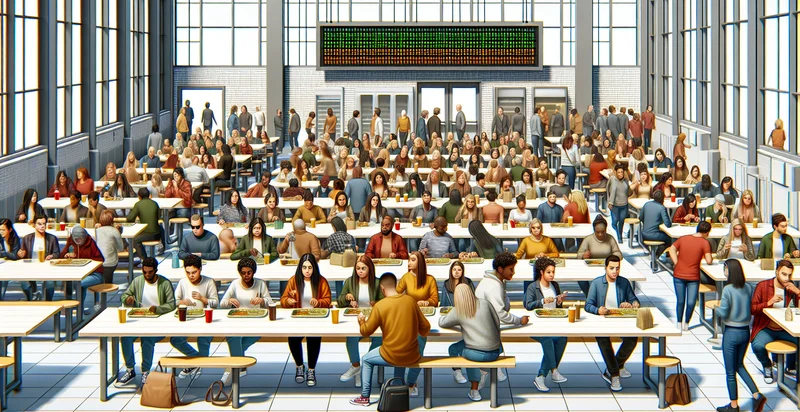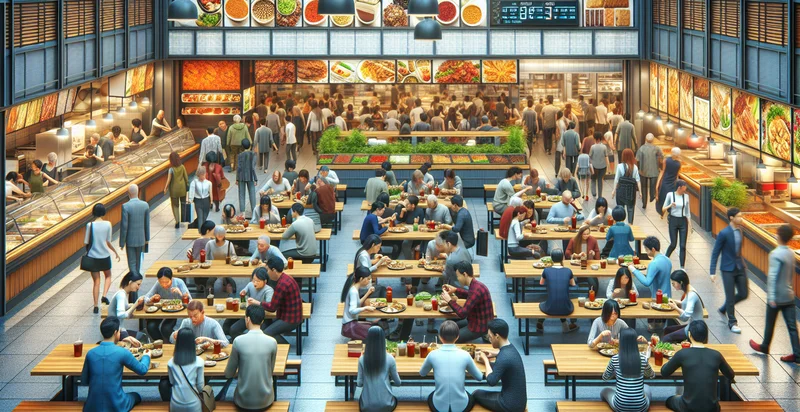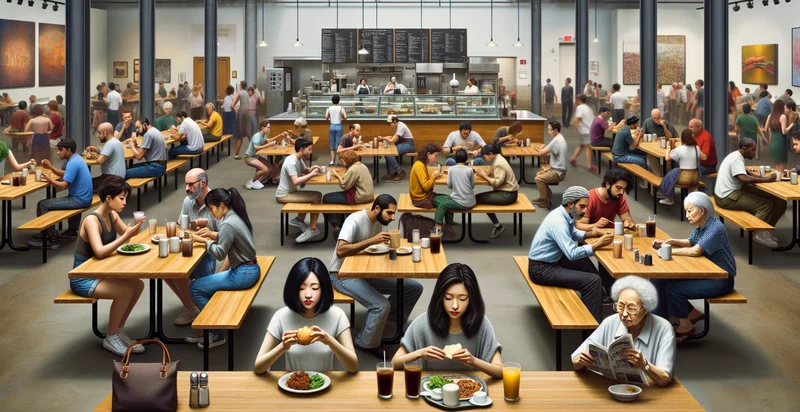Identify restaurant diners count
using AI
Below is a free classifier to identify restaurant diners count. Just upload your image, and our AI will predict the count of diners in various restaurant settings - in just seconds.

Contact us for API access
Or, use Nyckel to build highly-accurate custom classifiers in just minutes. No PhD required.
Get started
import nyckel
credentials = nyckel.Credentials("YOUR_CLIENT_ID", "YOUR_CLIENT_SECRET")
nyckel.invoke("restaurant-diners-count", "your_image_url", credentials)
fetch('https://www.nyckel.com/v1/functions/restaurant-diners-count/invoke', {
method: 'POST',
headers: {
'Authorization': 'Bearer ' + 'YOUR_BEARER_TOKEN',
'Content-Type': 'application/json',
},
body: JSON.stringify(
{"data": "your_image_url"}
)
})
.then(response => response.json())
.then(data => console.log(data));
curl -X POST \
-H "Content-Type: application/json" \
-H "Authorization: Bearer YOUR_BEARER_TOKEN" \
-d '{"data": "your_image_url"}' \
https://www.nyckel.com/v1/functions/restaurant-diners-count/invoke
How this classifier works
To start, upload your image. Our AI tool will then predict the count of diners in various restaurant settings.
This pretrained image model uses a Nyckel-created dataset and has 8 labels, including 1-5, 101-200, 11-20, 201-500, 21-50, 500+, 51-100 and 6-10.
We'll also show a confidence score (the higher the number, the more confident the AI model is around the count of diners in various restaurant settings).
Whether you're just curious or building restaurant diners count detection into your application, we hope our classifier proves helpful.
Related Classifiers
Need to identify restaurant diners count at scale?
Get API or Zapier access to this classifier for free. It's perfect for:
- Customer Capacity Monitoring: The false image classification function can help restaurant managers track the number of diners in real-time. By analyzing images of the dining area, it provides insights into peak hours and helps optimize seating arrangements.
- Staffing Optimization: Restaurants can utilize the diner count data to determine staffing needs based on customer flow. With accurate predictions of how many diners are present, managers can adjust staff schedules to enhance service efficiency and reduce labor costs.
- Marketing Strategy Development: Analyzing diner counts can help restaurants understand customer behavior and preferences. This permits targeted marketing campaigns during high traffic times or special offers to increase footfall, making operations more profitable.
- Inventory Management: By correlating diner count data with ingredient usage rates, restaurants can better manage their inventory. This approach minimizes food waste and ensures that popular items are in stock based on expected customer traffic.
- Customer Experience Enhancement: By understanding customer volume trends, restaurants can improve the dining experience. With data on busy times, management can ensure that food preparation and service speed aligns with customer expectations, leading to higher satisfaction.
- Location Performance Analysis: Franchise restaurants can apply this classification function to compare diner counts across multiple locations. Such insights reveal performance patterns and assist in making data-driven decisions for expanding or consolidating restaurant locations.
- Dynamic Pricing Models: Restaurants can use real-time diner counts to implement dynamic pricing strategies. For example, offering discounts on less busy days based on demand from the false classification data can help increase customer traffic and maximize revenue during slower periods.


